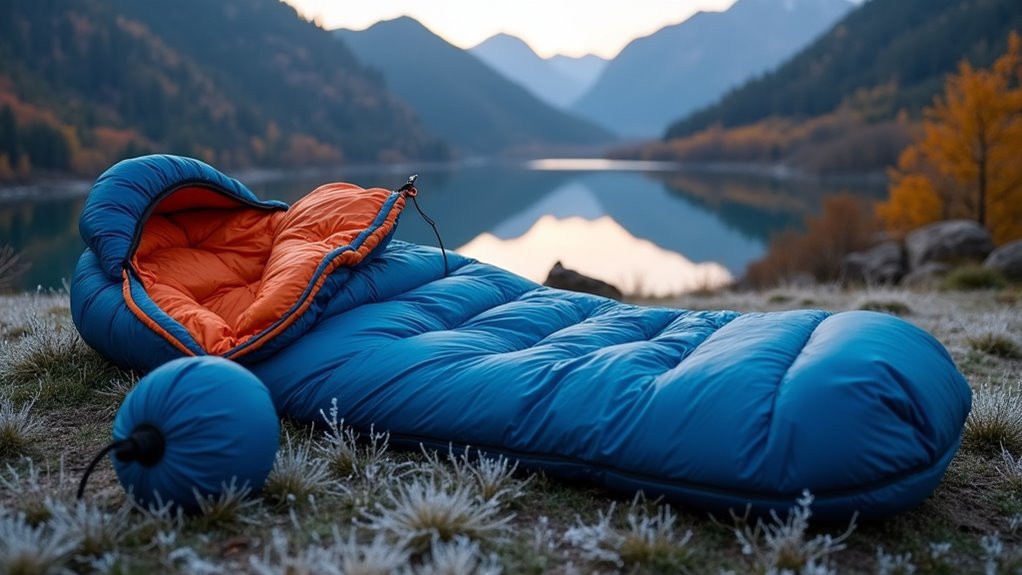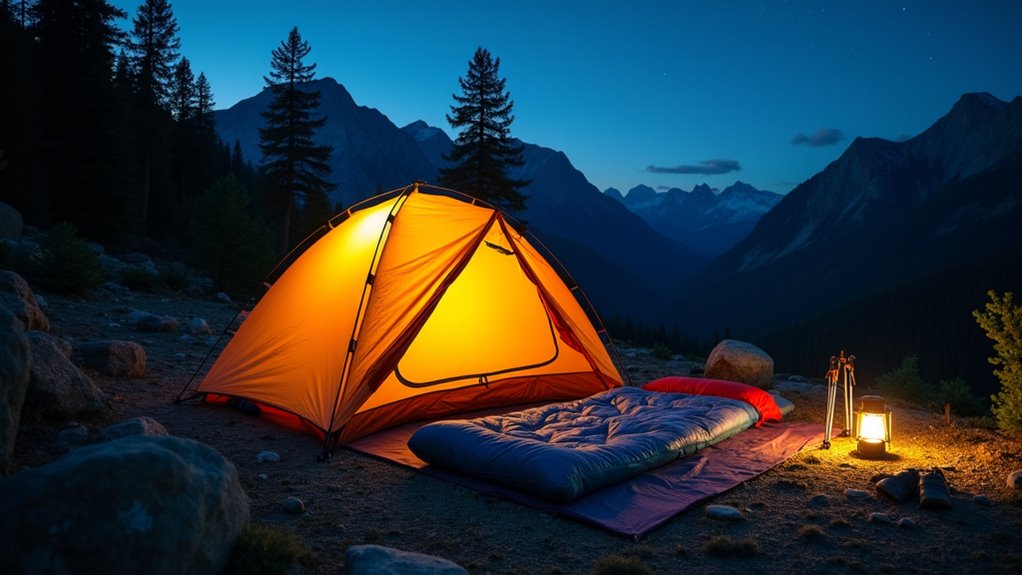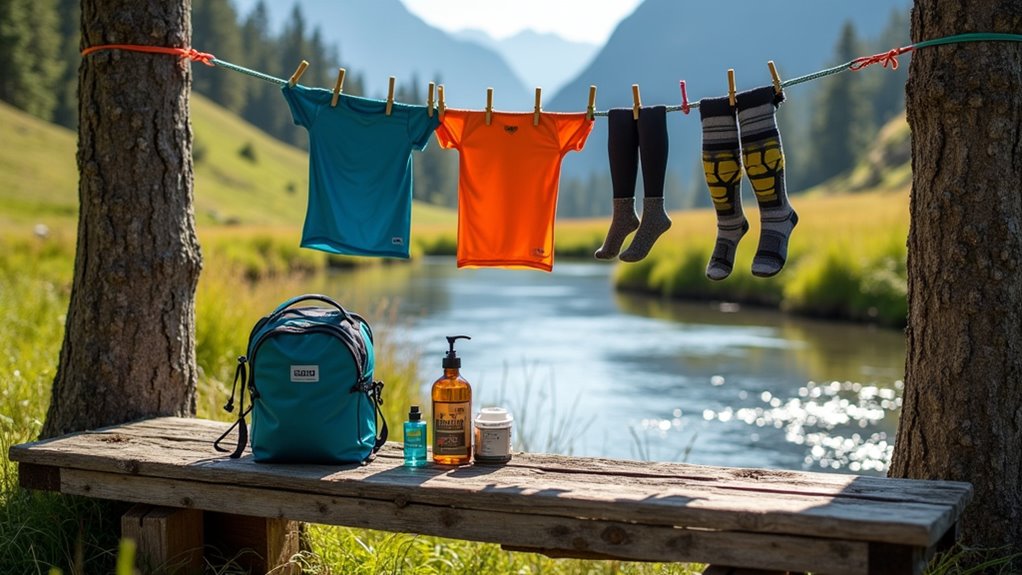A three-season sleeping bag is a key piece of gear for backpacking from spring through fall, rated to keep you warm in temperatures roughly between 15°F and 30°F. You’ll get a balance of insulation, light weight, and compressibility—making it practical for varied climates and unpredictable weather. High-quality models often use down insulation for a superior warmth-to-weight ratio, protective water-resistant treatments, and durable construction. If you want to understand what sets the best models apart, there’s more worth knowing.
A reliable three-season sleeping bag is essential gear for backpackers planning trips from spring through fall, when temperatures can fluctuate between mild evenings and unexpected cold snaps. When you choose a three-season sleeping bag, you’re selecting a piece of equipment designed for a temperature range of roughly 15°F to 30°F (-9°C to -1°C), making it suitable for the majority of backpacking conditions outside of winter. These bags strike a balance between warmth, weight, and versatility, allowing you to adapt to changing weather by adjusting zippers for ventilation or cinching hoods and collars during colder nights.
For performance in various conditions, three-season sleeping bags are extensively tested to ensure they provide reliable insulation and comfort across different climates and environments. If you’re concerned about weight and packability, you’ll find that three-season bags usually weigh considerably less than winter models while still providing adequate insulation. Down insulation is the preferred choice for many backpackers due to its superior warmth-to-weight ratio and high compressibility, which helps you save space in your pack. Comprehensive testing over more than 1,000 nights in diverse environments helps ensure these bags perform well in the real world.
High-end bags often feature fill powers of 800 and above, indicating better quality down that traps more heat for less weight. Many models also incorporate water-resistant treatments or fabrics to safeguard the insulation from moisture, an important consideration if you expect damp conditions.
Ease of use matters on the trail, so features like anti-snag zippers, draft tubes, and effective zipper placement help you manage temperature and comfort efficiently. You can find user-friendly designs, such as those with full-length zippers for maximum ventilation, which allow you to adapt the bag to warmer or colder conditions as needed.
Durability and reliability are vital, especially when you’re traveling over long distances and exposing your gear to varied environments.
Brands like Feathered Friends, Western Mountaineering, REI, Sierra Designs, and Mountain Hardwear offer reputable three-season options, including the Swallow YF 20, UltraLite 20, Magma 15, Get Down 20, and Phantom 0, respectively.
Consider your budget, pack space, and expected weather when selecting a model. Ultimately, a well-chosen three-season sleeping bag delivers the warmth, weight savings, and adaptability you need for successful backpacker travel through spring, summer, and fall.









